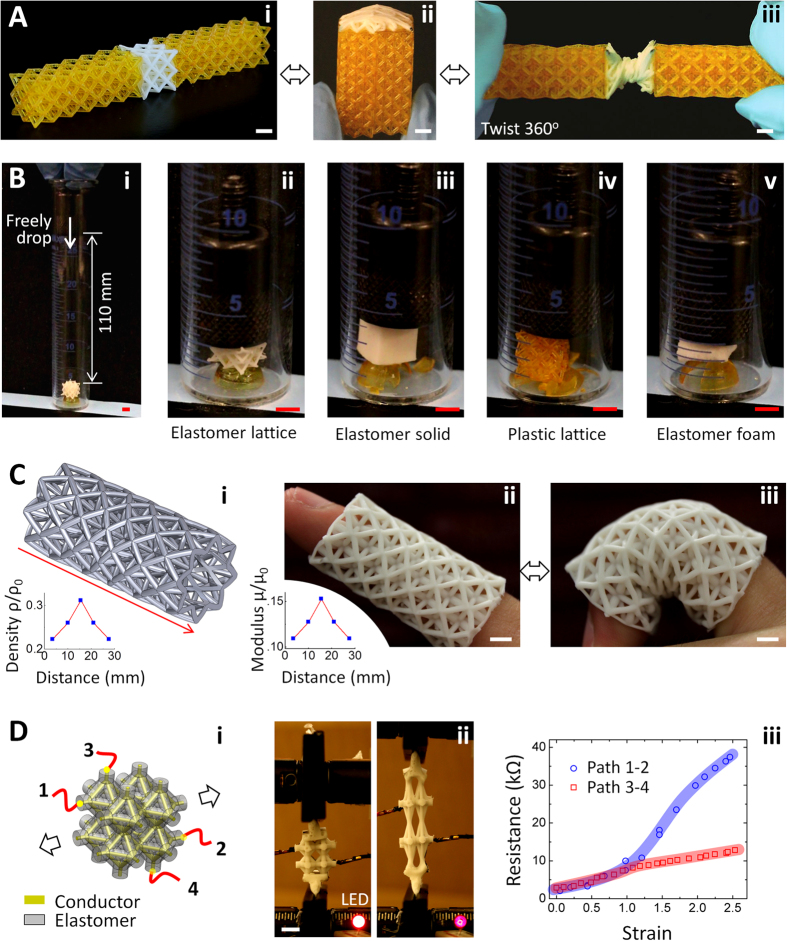Figure 5. Applications of elastomer-lattice structures.
(A) An Octet elastomer lattice bonded between two Octet HDDA lattices (i) can sustain bending by 180° (ii) and twisting by 360°. (B) A metal weight (36 g) freely dropped from 100 mm height onto a damper-protected HDDA thin shell (i). The HDDA shell is still intact if the damper is an Octet elastomer lattice (ii, ρ/ρ0 = 26%), but all broken if the damper is an elastomer solid (iii), an Octet HDDA lattice (iv, ρ/ρ0 ~ 26%) or an elastomer foam (v, ρ/ρ0 = 26%). (C) A finger rehabilitation device: (i) A cylindrical lattice with gradient density along the longitudinal direction (marked by the red arrow). The inset shows the calculated relative density along the longitudinal path. (ii) A fabricated elastomer lattice sample with gradient shear modulus along the longitudinal path (shown in the inset). The shear modulus is calculated by μ/μ0 = 0.49 ρ/ρ0 (Octet). (iii) The finger covered with the elastomer lattice can reversibly undergo large-strain bending. (D) A stretchable elastomer-lattice conductor: (i) A schematic to show the stretchable conductor structure. 1–4 denotes the wire connectors that can be connected to the electric circuit shown in Supplementary Fig. 25. (ii) The stretchable conductor under tensile strain ~2.5 is still conductive enough to power a LED light. (iii) The resistances along different conductive paths (e.g., path 1–2 and path 3–4) in functions of increasing tensile strains. All scale bars denote 4 mm.

